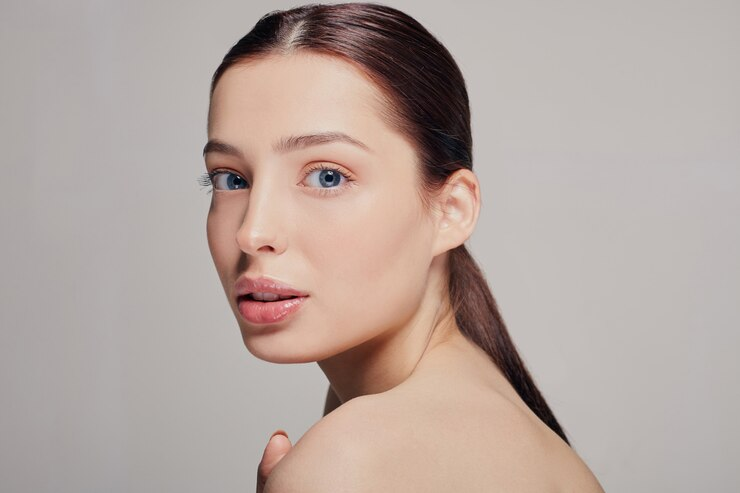What Is a Hydrafacial and How Does It Work?
Teeth whitening has become a popular cosmetic treatment, and one of the advanced techniques used today involves ultraviolet (UV) light. This method enhances the whitening process by activating whitening agents and speeding up their effects. But how does UV light contribute to teeth whitening, and is it effective? Additionally, treatments like Hydrafacial Silicon Oasis offer advanced skincare solutions, complementing cosmetic procedures for a radiant smile and healthy skin.
The Science Behind UV Light and Teeth Whitening
How UV Light Works
UV light emits high-energy rays that penetrate the enamel.
It activates the whitening gel applied to the teeth.
The process accelerates the breakdown of stains, leading to a whiter appearance.
The Role of Whitening Agents
Peroxide-based gels, commonly used in whitening treatments, break down into oxygen molecules.
Oxygen molecules penetrate the enamel and dentin, lifting stains from within.
When exposed to UV light, the reaction speeds up, leading to quicker results.
Benefits of UV Light Teeth Whitening
Faster Whitening Results
Traditional whitening methods take weeks; UV light significantly reduces the time required.
The process delivers noticeable improvements within a single session.
Deep Stain Removal
Unlike over-the-counter products, UV light reaches deeper stains.
It effectively removes discoloration caused by coffee, wine, and smoking.
Long-Lasting Effects
Professional UV light treatments provide results that last longer.
With proper oral care, whitening effects can be maintained for an extended period.
The Process of UV Light Teeth Whitening
Pre-Treatment Preparation
The teeth are cleaned to remove plaque and tartar.
A protective barrier is applied to the gums to prevent irritation.
Application of Whitening Gel
A professional-grade peroxide gel is applied evenly over the teeth.
The concentration of the gel varies based on the desired level of whitening.
Activation with UV Light
A specialized UV light is directed at the teeth.
The exposure time is controlled to ensure safety and effectiveness.
Final Rinse and Evaluation
The gel is removed, and the teeth are rinsed.
A shade assessment is conducted to evaluate the results.
How UV Light Compares to Other Whitening Methods
UV Light vs. LED Whitening
UV Light: Higher intensity, faster results.
LED Light: Gentler on enamel but requires multiple sessions.
UV Light vs. Traditional Whitening Strips
UV Light: Provides professional-grade results in a single session.
Whitening Strips: Gradual improvement over several weeks.
UV Light vs. Natural Remedies
UV Light: Scientifically backed with proven efficacy.
Natural Methods: Slow results, limited effectiveness.
How to Maintain Whitened Teeth After UV Treatment
Proper Oral Hygiene
Brush and floss regularly to prevent new stains.
Use a non-abrasive toothpaste to protect enamel.
Avoid Staining Foods and Beverages
Reduce intake of coffee, tea, and red wine.
Rinse the mouth after consuming pigmented foods.
Regular Dental Check-Ups
Professional cleanings help maintain results.
Dentists can recommend touch-up treatments if needed.
Common Myths About UV Light Teeth Whitening
Myth 1: UV Light Damages Teeth
Professional treatments use controlled exposure to prevent harm.
Protective measures ensure safety during the procedure.
Myth 2: The Whitened Effect is Permanent
Whitening results can last long but require maintenance.
Lifestyle habits influence the longevity of whitened teeth.
Myth 3: UV Light Can Whiten Crowns and Fillings
Whitening gels only work on natural enamel.
Crowns and fillings remain the same shade as before treatment.
FAQs
1. How long does UV light teeth whitening last?
The results can last from several months to a few years, depending on oral hygiene and dietary habits.
2. Can I use UV light for teeth whitening at home?
While at-home kits exist, professional treatments ensure safety and better results.
3. Does UV light teeth whitening work for sensitive teeth?
People with sensitive teeth may experience mild discomfort, but professionals can adjust treatment intensity to minimize discomfort.
4. How soon can I eat after a UV light whitening session?
It is recommended to wait at least 24 hours before consuming staining foods or beverages to maintain results.
Conclusion
UV light teeth whitening is an advanced method that enhances the effectiveness of whitening agents, providing fast and noticeable results. By accelerating the stain removal process, it helps individuals achieve a brighter smile in a short time. Maintaining good oral hygiene and making mindful lifestyle choices can extend the benefits of this treatment, keeping teeth white for an extended period.




Comments
Post a Comment